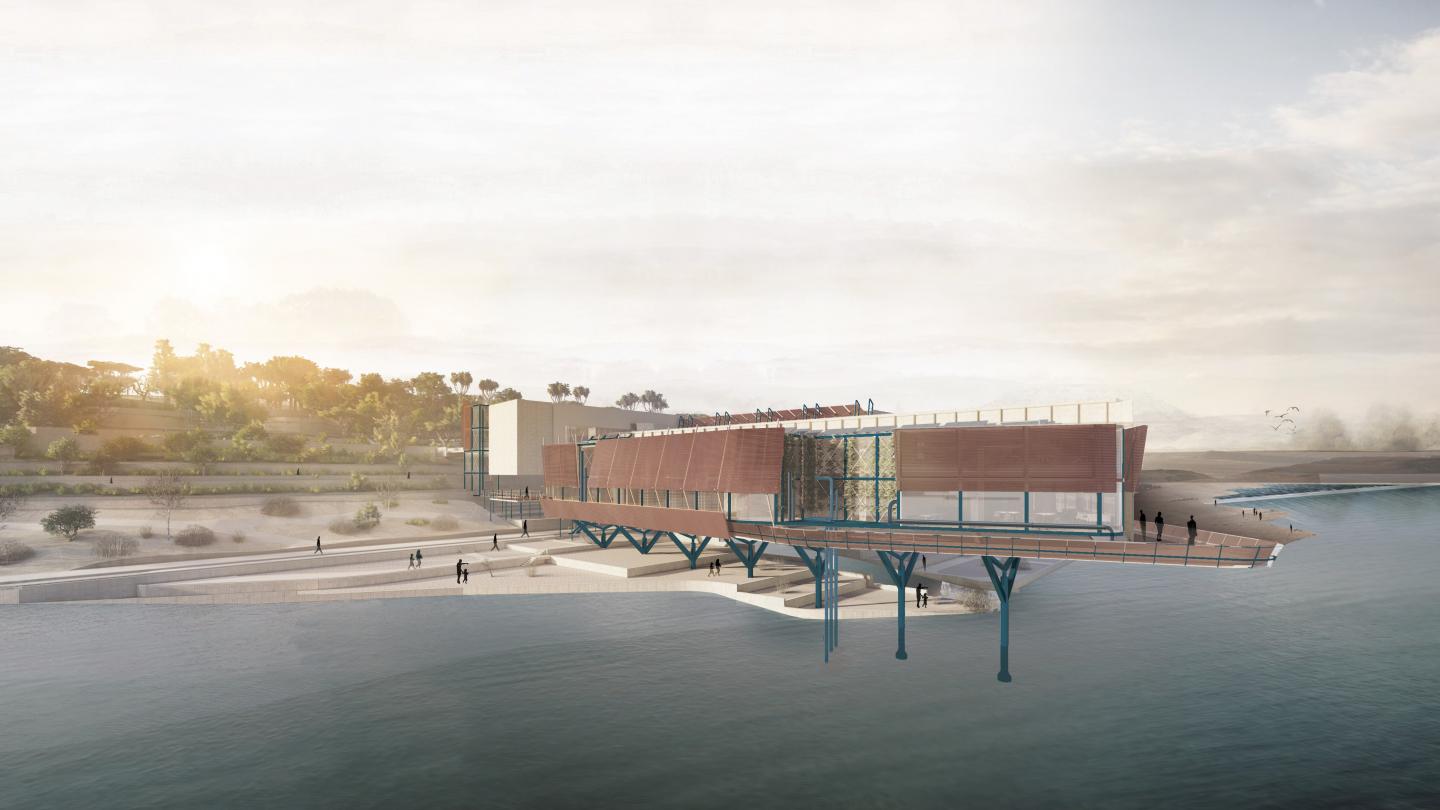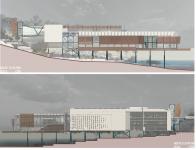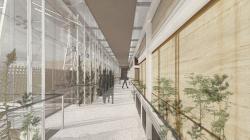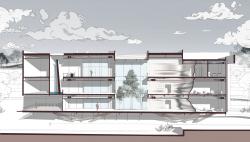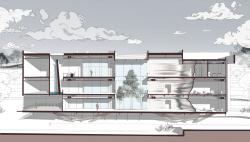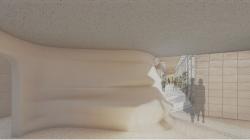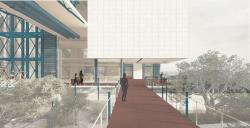Jordan faces a daunting reality - severe water scarcity. Ranking as the world’s third most water-deprived nation, Jordan desperately needs solutions.
The Karama Dam,the second largest dam in Jordan with a capacity of 55 million cubic meters, was initially constructed in 1995 on Wadi Mallaha in the Jordan Valley to address the nation’s water scarcity. Unfortunately, due to the high salinity of the underlying soil, the collected water became unusable. While this presented a significant challenge, it has also become a catalyst for a novel and multifaceted Solutions proposed project revolves around the construction of a desalination plant that transcends its purely functional purpose. This facility will not only provide much-needed fresh water, but will also serve as a testament to human ingenuity.
A dedicated research center will be established to continuously improve desalination processes, ensuring long-term sustainability and efficiency. Finally, the project culminates in the creation of a flourishing park, a symbol of a revitalized ecosystem. This three-pronged approach establishes a comprehensive solution that addresses the water shortage while fostering environmental responsibility. The project prioritizes environmental sustainability through the utilization of renewable energy sources such as solar power to operate the desalination plant. Additionally, responsible brine management strategies will be implemented. The katharsis project offers an innovative approach to managing the brine byproduct. Instead of traditional disposal methods, my project proposes transferring the brine to the Dead Sea via pipelines. Transferring brine from the desalination plant could help replenish the Dead Sea’s water level, mitigating the negative ecological and economic impacts of its decline. By embracing sustainable practices and acknowledging the unique environmental context of the Jordan Valley, this project has the potential to become a beacon of innovation.
Tributaries of the Karama Dam
1- Jordan River: Diverting water from the nearby Jordan River was a key strategy to fill the dam’s reservoir.
2- The floods of King Talal Dam
3- The floods of the King Abdullah Canal
C o n c e p t
Exposing the machine
desalination plants are largely private enclosed industrial processes. The desalination process should become a celebration rather than a strict hidden process. This investigation and design will focus on how to make a desalination plant more friendly to the environment and the context it is situated within. the desalination project will become a “landmark” project for the city and it should greatly improve the lives of the residents. Imagine a desalination plant, not just a sterile machine, but a vibrant oasis blending with its surroundings.
By “exposing the machine”, we aim to create a landmark project that fosters environmental responsibility, community engagement, and improved quality of life for residents.
A Symphony of Materials
The architectural design uses contrasting materials - travertine and steel - to create a dialogue between nature and technology, past and present. This unique blend creates a visually appealing and harmonious space. The warmth and earthiness of travertine stone will evoke a sense of connection to the surrounding landscape, while the precise lines and strength of steel will represent modern innovation. This juxtaposition will foster a sense of balance and respect for both the past and present.
The project will have three parts, A Place for Learning, Community, and Recreation
1- Desalination plant
The desalination plant will be the lifeblood of the project, generating clean water for nearby communities.
Utilizing cutting-edge desalination technology, like reverse osmosis, the plant will transform the dam’s saline water into a reliable source of fresh water for drinking and agriculture. This will contribute to regional economic development
and improve livelihoods.
2- Research center
water center : A dedicated research center will be established to continuously improve desalination processes, ensuring long-term sustainability and efficiency
Phytoremediation center :The project incorporates a sustainable technique called phytoremediation. Certain plants, like Suaeda fruticosa, can remove salt from the soil, naturally improving its quality for future plant growth
3- Public Park and Recreational Areas
Finally, the project culminates in the creation of a flourishing park, a symbol of a revitalized ecosystem The project will incorporate a public park with recreational areas, offering residents a space for leisure and relaxation. This fosters a sense of community ownership and pride in the desalination plant as a vital public resource. This “man-made oasis” will not only provide a space for leisure but also improve the local environment. The surrounding area will be revitalized, attracting a wider range of visitors to the dam and promoting environmental well-being. The park, designed with native plant life that thrives in saline conditions, will serve as a haven for local wildlife and contribute to the region’s biodiversity
Educational tours:
Offer tours explaining the desalination process and its importance for the region.
Educational exhibits and tours will demystify the technology, fostering public understanding and appreciation.
2024
To promote environmental sustainability, the project prioritizes the use of renewable energy sources, such as solar power, to drive the desalination plant. In addition, Phytoremediation i.e., utilization of plants to remediate contaminated soils, is one of these techniques which is environmentally friendly.
Designer: Hatoof Al Bawayah
Supervisor: Dr. Saleem Dahabreh
Favorited 2 times
